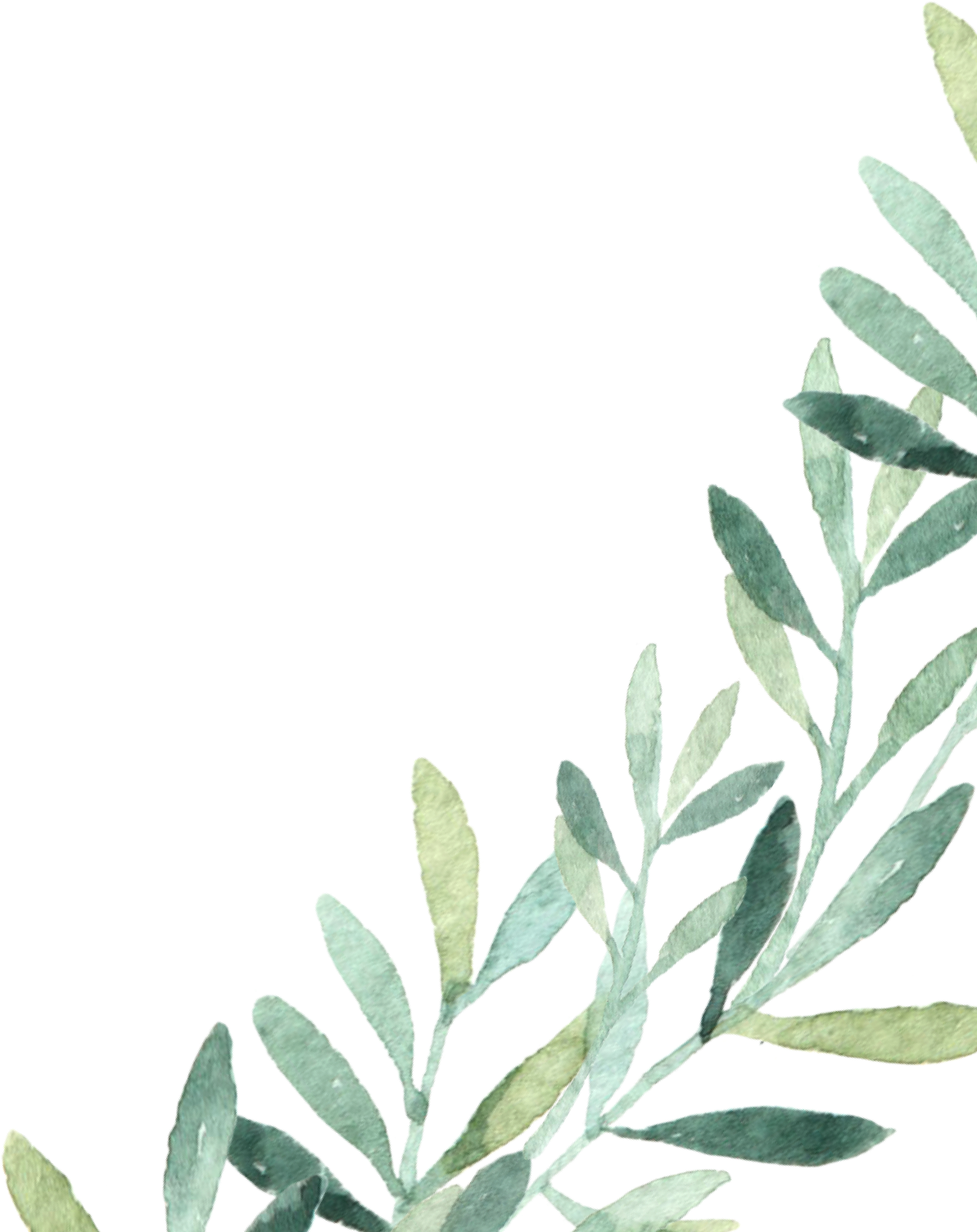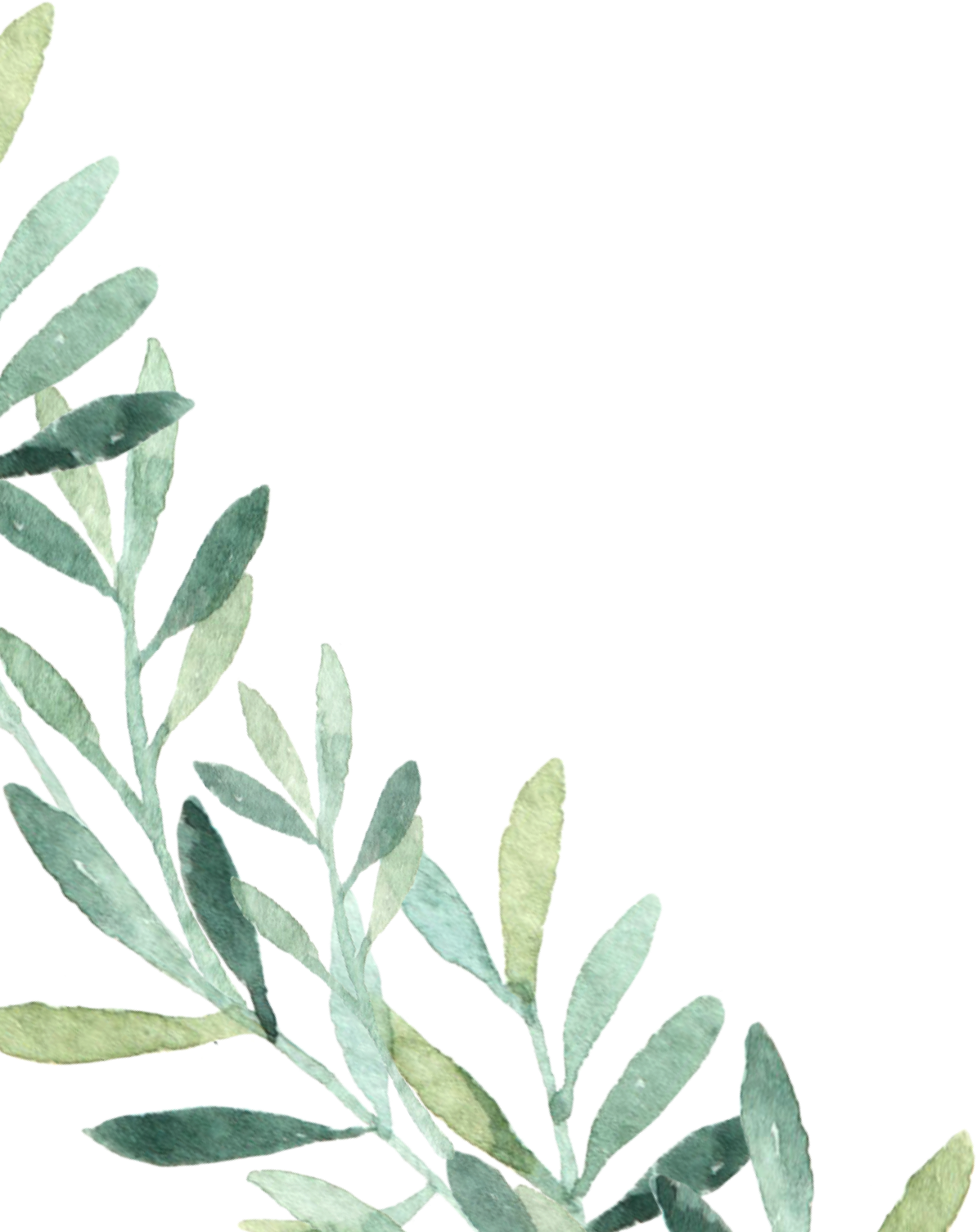Eliana & Josh


A Jewish Wedding
Eliana and Josh’s Wedding Day
October 22, 2023
Many events that will take place at the wedding derive from laws described in the Talmud and customs developed in Jewish communities over the subsequent millennia. In the Talmudic period, marriage occurred in two stages, Betrothal (Kiddushin or Erusin) and marriage (Nussuin or Chuppah). These two ceremonies were often separated by the time period of up to a year. By the 11th century, the waiting period between betrothal and marriage was removed. Customs from Jewish communities around the world regarding this unified ceremony have merged and evolved to form the cornerstone of our traditional wedding. Many rituals have multiple levels of symbolism.
Kabbalat Panim
Welcoming the Guests
On their wedding day, the groom (Chatan) and bride (Kallah) are likened to a king and queen. As royalty, each holds court at separate receptions before the wedding. While Eliana greets guests in one room, Josh is in another room at the Chatan’s Tisch (groom’s table), where he is surrounded by family and friends. Here, in the presence of Rabbis, family, and friends, two documents will be witnessed and signed. The Tena’im (conditions) is a document that states that an agreement of marriage has been entered between the bride, the groom, and the respective families. After the Tena’im are read, the mothers of the bride and groom, Susan and Andrea, break a plate together. According to some interpretations, this is to symbolize the break in the pattern of the mother-child relationship as the couple begin their new life together. Then the Ketubah (Jewish marriage contract) is reviewed by the Mesader Kedushin (the officiating rabbi), accepted by Josh and signed by two qualified witnesses. The Ketubah details obligations of the husband to his wife (a biblically required prenuptial agreement). After these documents are signed, Josh’s family and friends dance with him to where Eliana awaits his arrival. During the Kabbalat Panim , the custom in Orthodox circles is to serve a lavish smorgasbord. This is a good time to get some nourishment and a “L’chaim” as the meal will not be served for some time!
Bedeken
The Veiling of the Bride
From the Chatan’s Tisch, friends and family will escort Josh to Eliana, where she and her bridal party await his arrival. Symbolically, Josh checks to ensure that it is in fact his intended bride and that neither is being deceived into marrying the wrong person, as Jacob was tricked by Lavan into marrying Leah instead of his chosen bride, Rachel. At this time in the ceremony, the bride and groom recognize the spiritual and emotional connections that bind them: by lowering the veil the groom is proving that it is the bride’s inner soul, rather than merely her physical body, that he truly loves. After the veiling, both fathers, Ari and Seth, (and grandfathers too - were we privileged that they were with us), bless Eliana. Josh is then escorted out to prepare for the Chuppah.
Chuppah
Wedding Canopy
The wedding ceremony takes place under the Chuppah (wedding canopy), which symbolizes the roof of the new home that Eliana and Josh will build together. The Chuppah is a temporary structure, which emphasizes that the true importance of a home is spiritual, not physical. It is also representative of Abraham and Sarah’s tent and the Jewish family tradition of Hachnasat Orchim (welcoming guests). The inner portion of the canopy above Eliana and Josh is made from the tallitot (prayer garment with woven fringes) of their grandfathers. Josh and then Eliana each approach the Chuppah escorted by their parents. This represents the transition from the homes in which they were raised to the new home that they will build together. As Josh reaches the Chuppah he is accompanied by the song “Who is mighty above all? Who is blessed above all? Who is great above all? Who is glorified above all? May he bless the groom and the bride.” Josh will be wearing a simple white robe called a Kittel, which is traditionally worn on Yom Kippur, representing the soul’s dominance over the physical. When Eliana reaches the Chuppah, she circles Josh seven times. Seven is a highly symbolic number in Judaism. It represents the days of the creation, so in that way, the wedding ceremony represents the creation of a new household. While she circles, she is accompanied by the song “Like a rose among the thorns, the love of the bride, the rejoicing of the beloved. May he bless the groom and the bride.”
Kiddushin
Sanctification and Betrothal
With the bride and groom under the Chuppah, Kiddushin begins with two blessings over a cup of wine, the traditional symbol of festivities. Josh and Eliana will drink the wine and then Josh will place a ring on Eliana’s index finger, (again in the presence of qualified witnesses as the Kiddushin is a solemn legal procedure) declaring her as his wife by saying “With this ring, you are consecrated to me in accordance with the laws of Moses and Israel.” By extending her finger, Eliana accepts Josh’s proposal. After this, the Ketubah (marriage contract) signed at the Chattan’s Tisch is read out loud in Aramaic by an honored guest for all to hear and then Josh gives it to Eliana.
Nissuin
Marriage
The Nissuin completes the marriage with the recitation of the Sheva Brachot (the seven marriage blessings). Family members and distinguished Rabbis are honored with the blessings recited over a second cup of wine. The blessings discuss many themes including the creation of the world, the creation of mankind in the image of G-d, the union of bride and groom as bringing gladness to Zion, a prayer for the bride and groom’s happiness together, and a vision that the joy of the wedding foreshadows the ultimate joy of messianic times. Following the seventh blessing, Josh and Eliana sip from the second cup of wine. The ceremony concludes with Josh breaking a glass, a reminder that even at the height of our celebration, we must not forget our sorrow caused by the destruction of the temple in Jerusalem and the distancing of our relationship to our creator, and that no joy is complete until the temple will be rebuilt. The words, “Im eshkachech Yerushalayim…,” express this sorrow: “If I forget thee O Jerusalem, may my right hand lose its cunning, may my tongue cleave to my pallet if I don’t recall Jerusalem at the moment of my greatest joy.” At the conclusion of this song, Eliana and Josh will be danced out of the room by family and friends toward the Yichud (seclusion) room, where they share the first private moments of their married life and enjoy some nourishment.
Arrival of the Bride and Groom
Reception
While Eliana and Josh share some private minutes, the guests enter the ballroom and this is an excellent time for a cocktail! Upon the new couple’s arrival, joyous dancing erupts in fulfillment of the Jewish obligation to rejoice with the bride and groom, with the men and women dancing separately, separated by a partition, recognizing that even the dancing at the wedding is a “service” of joy. At some point in the dancing, the bride and groom are seated together and family and friends entertain them. After dinner, there is more dancing and singing and the wedding concludes with Birkat Hamazon (the grace after meals) and a repetition of the seven blessings recited under the chuppah.
Epilogue
The Rest of the Week
Each night for the remainder of the week following the wedding a festive meal is held with many guests and the Sheva B’rachot (seven blessings) are recited. The festivities emphasize that both the joy and responsibility of the bride and groom are not just between them, but are the very fabric of community and society. Written by Jeremy Cohen.